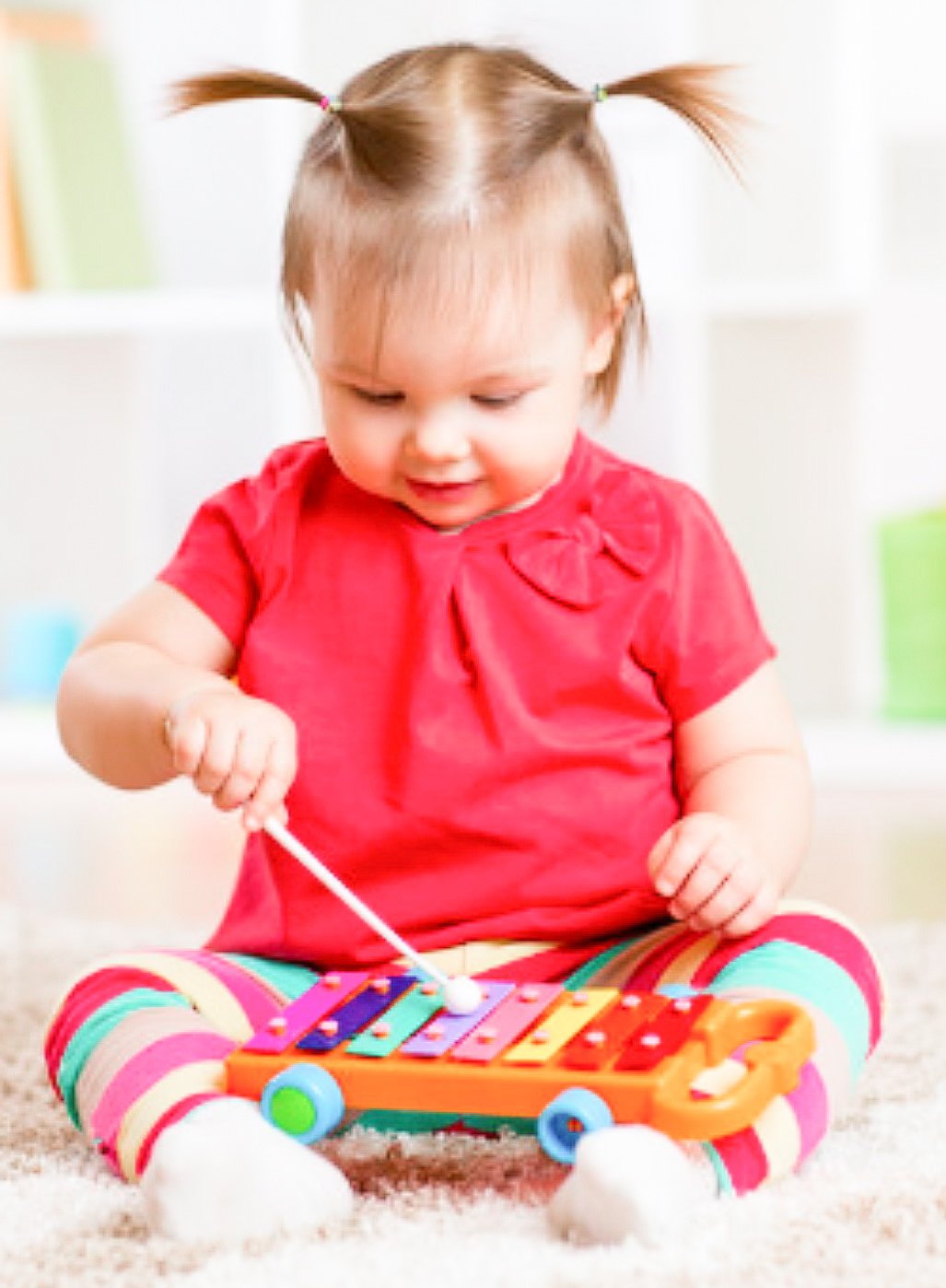Do you know that it's possible to start tracking a child's development around the second month of life? Developmental milestones include things that most children should be able to do by a certain age. Parents can use the milestones highlighted by the Center for Disease Control and Prevention (CDC) to determine where their child falls developmentally. Developmental delay refers to a child's physical, cognitive, emotional, or social development not meeting typical milestones. Early identification and intervention help mitigate the impact of these delays and support the child's overall growth.
Early intervention (EI) refers to services that help babies and young children reach milestones and improve their abilities. There can be EI programs, such as Babies Can’t Wait, which is a program specific to the state of Georgia. Individuals must be eligible and apply to get access to these kinds of programs. Music therapy interventions are tailored to address the unique needs of children with developmental delays, fostering development in the crucial early years. Here are some needs that music therapists can treat for EI:
1. Sensory Integration:
Sensory processing can be a common need for a child with developmental delay. Stimulating the senses helps develop the brain. Music therapy can provide a structured environment for sensory exploration with auditory, tactile, and visual stimuli. Interventions like music listening, instrument play, or engaging in rhythmic activities can enhance sensory integration. The use of different musical elements such as dynamics, pitch, and tempo can be used to stimulate auditory senses.
2. Speech and Communication:
The rhythmic and melodic elements of music can serve as a scaffold for speech development, making it an engaging and effective approach for children with speech delays. Singing reinforces language development, especially when therapists utilize a simple melodic structure and repetition when trying to get a baby or young child to babble or speak. Music therapy can help reinforce verbal and nonverbal communication because music is a motivating structure for working on different sounds, words, gestures, and signs. A recent literature review states, “When nursery rhymes are incorporated into social routines, children are provided experiences that strengthen their early communicative skills. Listening or chanting songs or rhymes together allows for joint attention (the use of gestures or gaze to alert another to an object)” (Houde, et. al, 2018, pg. 6).
3. Motor Skills Development:
Movement-based activities in music therapy contribute to the improvement of gross and fine motor skills. Dancing, drumming, or playing instruments helps enhance coordination and motor planning in children with developmental delays. Body awareness is another area that children can work on in music. Movement interventions that utilize different parts of the body or allow the child to explore the room allow them to gain more spatial awareness. A child may be motivated by the sounds coming from a piano when they’re working on a skill such as isolating their fingers or coordinating movement of both hands.
4. Emotional Regulation:
Music has a profound impact on emotional regulation. Music therapy interventions, through the use of calming or uplifting music, provide a non-verbal outlet for emotional expression. This can be particularly beneficial for children who are dysregulated. Children can also learn how to appropriately express emotions, recognize the emotions of others, and understand their own emotions through music therapy interventions. Music can provide a relaxed environment for a child to be calm and regulate themselves. Therapists can also use music to facilitate breathing exercises and other interventions to activate the parasympathetic nervous system.
5. Social Interaction:
Engaging in music interventions can increase social skills, turn-taking, joint attention, cooperation, eye contact, and more. Working on social interaction skills in early intervention is important because these skills only grow to be more important throughout one’s life. At this stage, this could just be getting a child to accept interaction from a music therapist. Music works as a mediator to promote interaction, participation, and communication from a child. Improvisation with sounds and instruments is a good way to assist a child in their responsivity, creative expression, self-awareness, and enhances their communication (Hanser, 2018).
Music therapists rely on evidence-based practices, and there have been many studies that provide evidence of the benefits of music therapy and early intervention. A study from the Canadian Journal of Music Therapy found that music therapy interventions improved communication and social skills in children with developmental delays (Houde, 2018). Another study demonstrated that rhythmic auditory stimulation, a neurologic music therapy intervention, positively influenced motor skills and coordination in children with developmental coordination disorder (Thaut, 2014).
Early intervention music therapy can address the diverse needs of children with developmental delays. As research continues to highlight the profound impact of music on various aspects of development, the integration of music therapy into early intervention programs becomes not just an option, but a harmonious necessity. Through this therapeutic medium, we can continue to promote development and provide children with the tools they need to reach their full potential.
-Lila Finke, Music Therapy Intern
References
Centers for Disease Control and Prevention. (n.d.). Developmental Milestones. https://www.cdc.gov/ncbddd/actearly/milestones/index.html
Hanser, S. B. (2018). The new music therapist's handbook (3rd ed.). Berklee Press.
Houde, M., & Narendran, N. (2018). A literature review of the influence of early childhood music education and music therapy on child development. Canadian Journal of Music Therapy, 24, 27–39.
Thaut, M. H., & Hoemberg, V. (2014). Neurobiological foundations of neurologic music therapy: Rhythmic entrainment and the motor system. Frontiers in Psychology, 5, 1185. https://doi.org/10.3389/fpsyg.2014.01185

